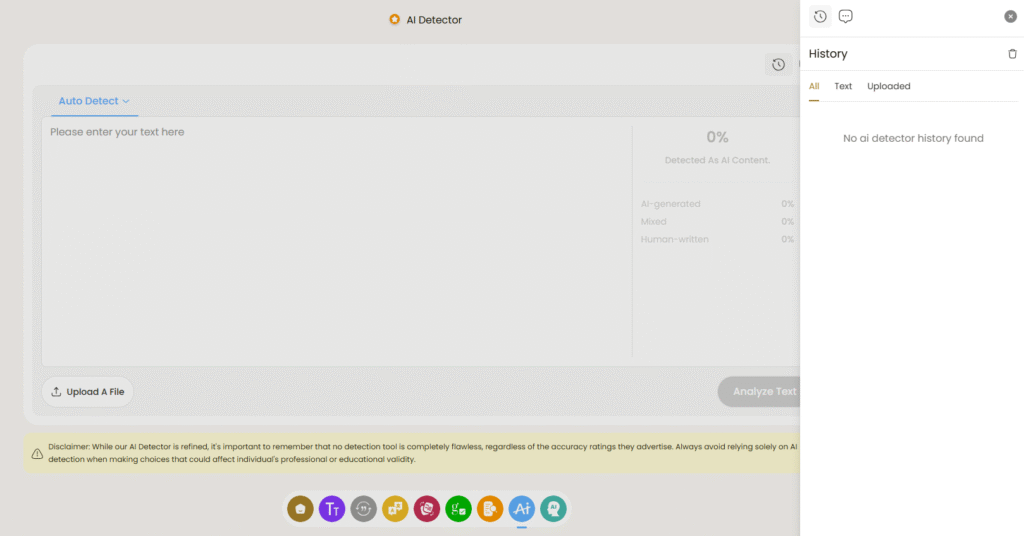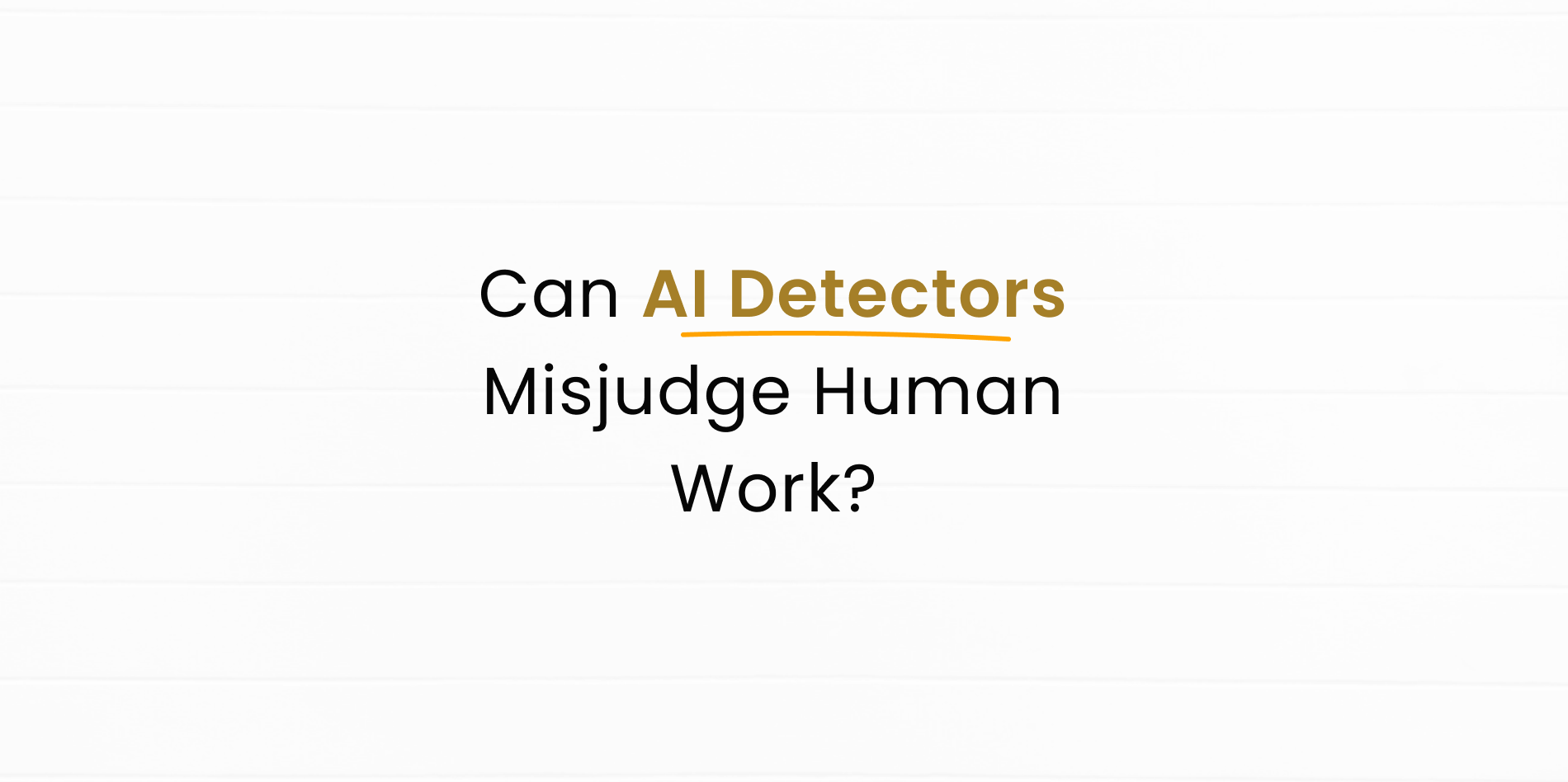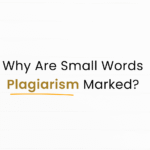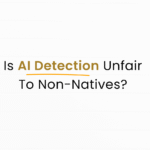AI detectors human vs AI are essential tools in today’s digital world. These AI writing detectors help determine whether content is created by a human or AI. Understanding AI detection accuracy is crucial for educators, writers, and businesses to detect AI text while maintaining credibility and originality.
How AI Detectors Human vs AI Work
AI detectors human vs AI use advanced algorithms to spot patterns unique to AI-generated content. They analyze:
- Language patterns: AI often produces predictable sentence structures.
- Word choice: AI uses consistent, neutral vocabulary.
- Statistical models: Machine learning compares text against human and AI writing datasets.
The KreativeSpace AI Detector is an example of a tool that can detect AI text efficiently, providing clear reports on human vs AI content.
Factors Affecting AI Detection Accuracy
The AI detection accuracy depends on:
- Text length: Short passages may reduce reliability.
- Human edits: AI content edited by humans can bypass detection.
- Language complexity: Technical or creative content may confuse AI detectors.
- AI model sophistication: Advanced AI can mimic human writing patterns.
Even the best AI writing detector may misclassify content.
When AI Detectors Human vs AI Are Most Effective
AI detectors human vs AI perform well when:
- Text is purely AI-generated without human edits.
- Repetitive AI patterns are present.
- Specialized detection models are applied.
Using KreativeSpace AI Humanizer in combination can improve results by analyzing stylistic changes.
Limitations of AI Writing Detection
Despite advances, AI detectors human vs AI have limitations:
- False positives: Human-written text may be flagged as AI.
- False negatives: Edited AI content may evade detection.
- Mixed content: Text combining AI and human writing is difficult to classify.
Human review is recommended for verifying human vs AI content accurately.
Practical Uses of AI Detectors
Applications of AI detectors human vs AI include:
- Education: Checking student essays for AI-generated text.
- Publishing: Verifying authorship in articles or books.
- Business: Ensuring reports or proposals are original.
Internal links to KreativeSpace AI Detector and KreativeSpace plagiarism checker help maintain content credibility.

Outbound Reference
According to MIT Technology Review, AI detection tools are improving but cannot guarantee 100% accuracy in distinguishing human vs AI content, especially when AI text is edited.
Tips to Improve Detection Reliability
To maximize AI detection accuracy:
- Submit longer text samples.
- Use multiple AI detection tools.
- Combine automated detection with human review.
- Refine AI-generated content with KreativeSpace AI Humanizer for better detection clarity.
The Decider
In summary, AI detectors human vs AI can often identify AI-generated text but are not perfect. Factors like human edits, text length, and AI sophistication influence AI detection accuracy.
Using tools such as KreativeSpace AI Detector, KreativeSpace AI Humanizer, and KreativeSpace plagiarism checker ensures content integrity while helping writers, educators, and businesses detect human vs AI content reliably.



